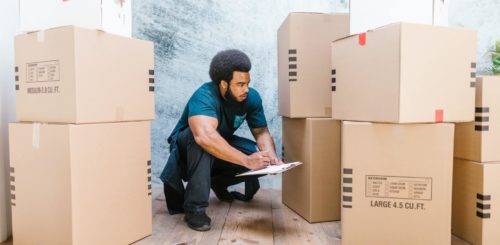Packing tools efficiently is essential for a smooth and successful move. Whether you’re relocating to a new home or setting up a workshop, the proper boxing-up techniques ensure that your instruments remain safe and ready to use. Discover valuable tips on how to streamline this process and protect your valuable equipment during transit.
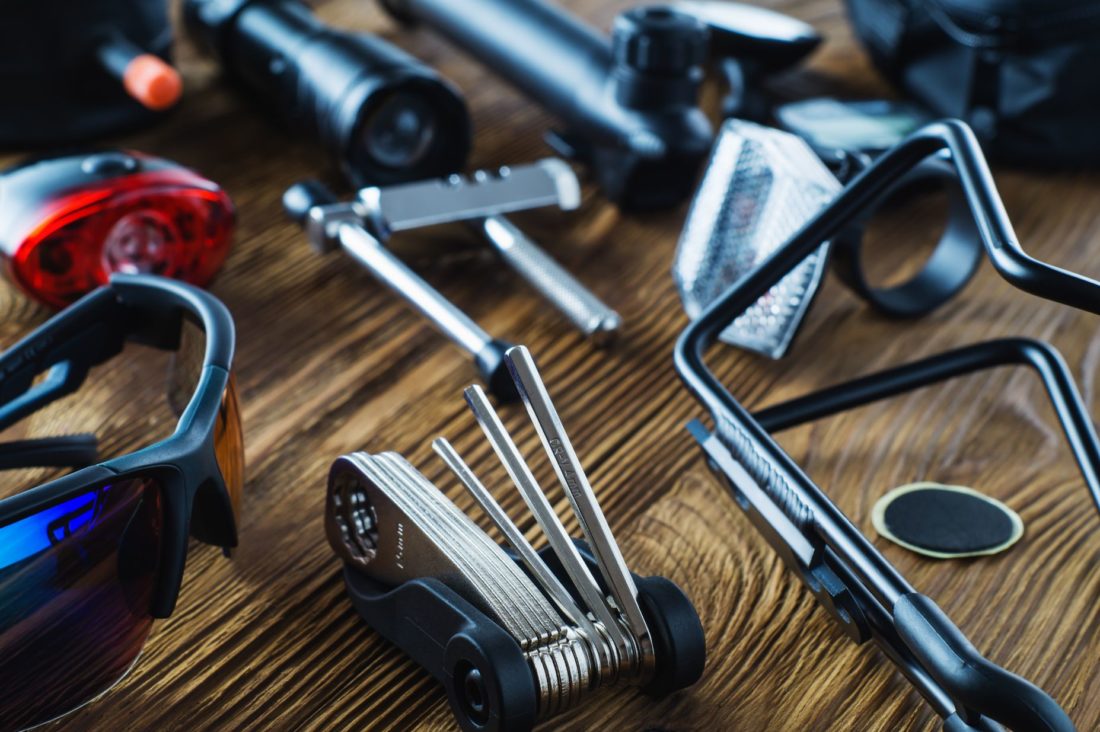

How to pack tools for moving? Start by assessing the size of the collection and decide what to keep and get rid of. Gather the necessary supplies to wrap everything up. Clean the instruments, check their working condition, and detach removable parts before relocation. Wrap each item and store it separately.
Go Over Your Tool Collection and Assess It
From basic hand instruments to power equipment, taking the time to assess your collection is essential. Check for any maintenance needs, missing pieces, or upgrades required. Properly organizing your utensils in a dedicated toolbox can ease packing and unpacking, ensuring they remain in top condition during the move, allowing you to have a stress-free transition.
Take Inventory of Your Tools and Categorize Them by Type
A well-organized tool inventory ensures that you have everything you need and allows for easy access when starting a project in your new space. Start by carefully gathering all your equipment in one place. Then, methodically categorize them by type to ensure a systematic approach.
Divide them into groups, such as hand utensils like hammers, screwdrivers, and wrenches, and power utensils, such as drills and saws. Then, sort measuring instruments, such as tape measures and levels, and specialized equipment that includes soldering irons and woodworking items. This categorization will not only help you better visualize your collection but also make your relocation easier.
Determine Which Tools You’ll Need Immediately After the Move and Which Can Be Packed First
Consider the relocation essentials required for basic tasks during the initial days, such as a box cutter, screwdriver, pliers, and tape measure. Keep these objects at hand by placing them in an easily accessible box.
For less critical or utilized utensils, start storing them early in sturdy, labeled boxes. Prioritizing your instruments allows you to settle into your space without unnecessary delays in case you need to tackle essential tasks right away.
Consider Donating or Selling Any Tools You No Longer Use or Need
Unused instruments can take up valuable space and add unnecessary weight when shipping your belongings to another state. That’s why, by donating unwanted items or selling them online on platforms like Craigslist, you not only downsize for your move but also keep what you truly need out of your collection.
Keep in mind that by getting rid of unnecessary stuff, you also give others the opportunity to benefit from tools they might find useful. Furthermore, selling utensils in good condition can help you save some money for the moving costs, boost your relocation budget, or fund the purchase of new instruments that better suit your current needs.
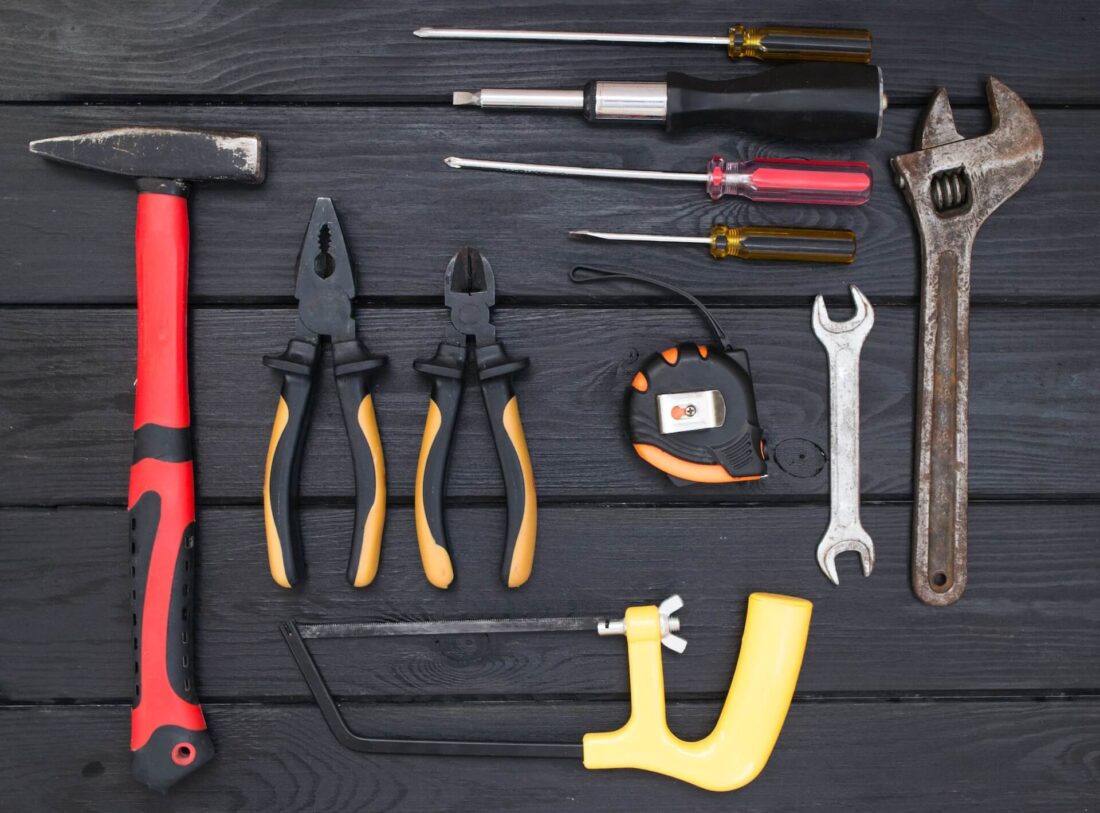

Gather All the Necessary Packing Supplies
Remember, choosing high-quality and different packing materials ensures the safety of your utensils during the move, and boxing them up efficiently will make unpacking and setting up your workspace a breeze. Here’s a list of packing materials you may need:
- Cardboard boxes – get crates of various sizes to accommodate different types and sizes of utensils,
- Bubble wrap – for protecting delicate and fragile objects from damage during transit,
- Clean paper – good for wrapping, cushioning, and filling empty spaces in containers,
- Foam peanuts or sheets – extra cushioning to prevent movement within crates,
- Duct tape – to secure containers and reinforce their bottoms and seams,
- Marker and labels – for labeling crates with their contents and destination rooms,
- Cases or containers – excellent for specialized utensils and accessories, providing extra protection,
- Zip bags or small crates – to keep small parts, screws, and accessories in one place,
- Moving blankets – for wrapping large objects and protecting them from scratches,
- Stretch wrap – to secure groups of instruments together or cover toolboxes.
Clean and Prepare the Items Before Boxing Them Up
Start by thoroughly cleaning each item to remove any dirt, dust, grease, or residue accumulated from previous use. Use appropriate cleaning agents or solvents, if necessary, and wipe them down with a soft cloth. Cleaning not only ensures your utensils arrive at your future location in good condition but also prevents the transfer of grime and potentially dangerous substances onto other stuff during transit.
Check and Ensure That All Tools Are in Good Working Condition Before Packing
Take the time to inspect your collection for any signs of damage, wear, or malfunction. Test power instruments to verify that they are operating correctly, and check hand utensils for any loose parts or dull edges. Ensuring that everything is in optimal working condition before boxing something up not only guarantees its functionality but also helps you avoid potential hazards while loading a relocation truck.
Disassemble Any Detachable Parts or Accessories for Safer Packing
Carefully remove components like handles, attachments, or removable blades from the instruments. Keep these parts together and label them accordingly to avoid confusion during unpacking.
Disassembling these items not only reduces their size and weight but also minimizes the risk of damage or breakage during transit. Additionally, storing detached parts separately allows for better protection and prevents them from scratching or damaging other utensils in the same crate.


How to Start Wrapping and Packing Tools
Now that you’ve prepared your utensils, it’s time to start wrapping and storing them for the move. Begin by individually wrapping hand instruments with bubble wrap or packing paper and taping the edges to protect them from scratches, ensuring they stay in good condition.
For added convenience and organization, use a sturdy toolbox or belt as a creative storage idea to safeguard smaller and fragile items and for easy access when needed at your future location. Make sure to also fill any empty spaces with cushioning materials to prevent utensils from moving in transit.
Pack Power Tools Securely
Packing power instruments requires special attention to ensure their safety and functionality. Start by removing any detachable batteries from them and store them separately. This prevents accidental power-on situations and protects both the devices and the batteries.
If available, utilize the original boxes or cases for their relocation to another state, as they are designed for optimal protection. If not, wrap them carefully in bubble wrap to shield them from potential damage. Additionally, securely tape any cords or cables to the instruments to prevent tangling and make your unpacking easier.
Check the video below for some tips on how to relocate your heavy and large equipment.
Secure Sharp and Hazardous Objects
Ensure sharp items like knives, saws, or chisels are securely placed in protective covers or sheaths to prevent injuries during handling. Additionally, label boxes containing hazardous tools with sharp edges or potentially dangerous substances to alert the long-distance moving company handling your relocation to exercise caution.
In case you are relocating with kids, it’s crucial to keep these boxes out of reach during the move to avoid accidents. Taking these precautionary measures not only ensures the safety of everyone involved but also makes the whole process smoother and worry-free.
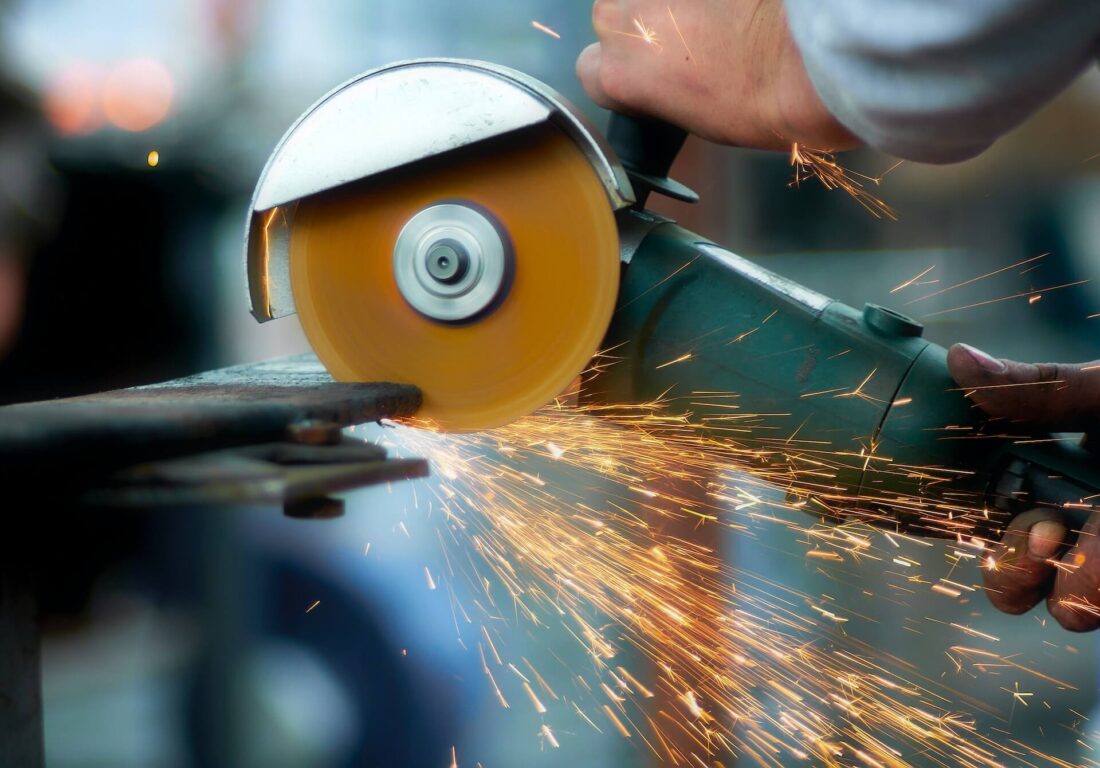

Don’t Forget to Organize Nuts, Bolts, and Small Parts
As you disassemble your instruments, use zip bags or small containers to neatly store nuts, bolts, screws, and other components. Label each package with the corresponding tool it belongs to, making reassembly a breeze. To avoid losing or misplacing these essential pieces, keep all small parts together in a separate storage specifically designated for them.
Packing Service
Sit back and relax, we’ve got packing services covered. We use moving blankets, shrink wrap, bubble wrap and even custom wooden crating. Your stuff will be protected and carefully handled during the move.
Learn moreMoving Services
Treat yourself with a white glove long distance moving service that’s based on the inventory list and not weight. This means a price guarantee, transparent move costs and premium moving service.
Learn moreStorage Services
Our spacious climate-controlled units will protect your things until the drop-off. No need to worry about them because all items are labeled and secure, and each customer gets a dedicated unit mixup isn’t possible.
Learn moreIf You Don’t Want to Deal With Packing Tools, Hire Long-Distance Movers to Do It Instead
By entrusting your relocation needs to Long Distance USA Movers, you can focus on other aspects of your move, knowing that your valuable utensils are in our capable hands. Our cross-country movers offer a range of long-distance moving services to ensure a stress-free experience.
Our packing services and expertise allow us to transport your possessions efficiently and securely, using appropriate materials to safeguard them during transit. On top of that, we can also provide auto transportation, facilitating the safe relocation of your vehicles and temporary storage solutions to keep your belongings safe until you’re ready to receive them.
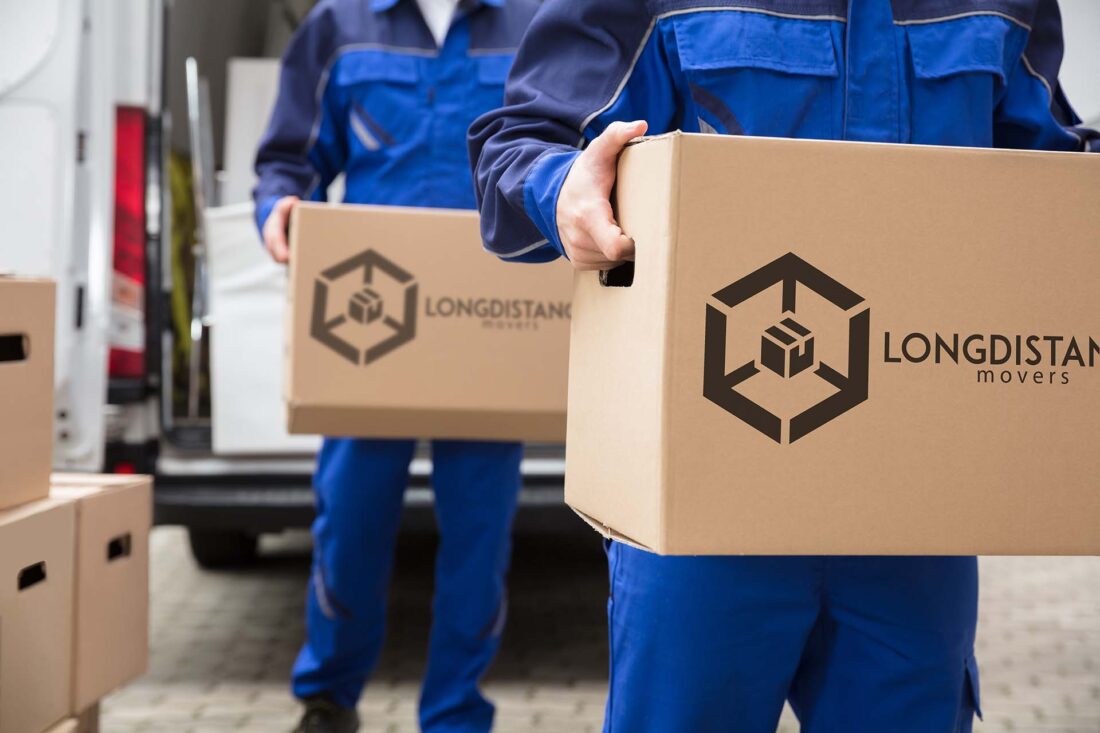

Follow Our Guide, and You’ll Be Able to Bring All the Tools to Your New Home
We’ve covered every step to ensure a smooth and successful move, from cleaning and organizing to proper packing and hiring Long Distance USA Movers to handle your relocation. If you have any questions or need assistance with your relocation, don’t hesitate to contact us today. Our team is here to help you relocate anxiety-free and get you settled in your new space with your tools ready for action.
FAQ
Should I Disassemble Larger Tools for Easier Packing?
Disassembling larger objects can indeed make the whole process easier. By breaking them down into smaller components, you reduce the overall size and weight, which can help save space and make transportation more manageable. Remember to label each part and keep all screws and bolts in a secure bag taped to the tool or placed in a clearly marked crate.
Can I Use Regular Moving Boxes for Packing Tools?
While regular boxes can work for some instruments, it’s better to use sturdy, reinforced containers for heavier and sharp-edged equipment. They can be heavy and may cause damage during transit. Consider using specialized toolboxes or crates designed for heavy-duty objects.
How Do I Ensure Power Cords and Accessories Don't Get Lost During the Move?
To prevent power cords and accessories from getting lost, pack them in labeled resealable bags or small crates. Place these packages alongside their corresponding utensils or in a separate designated container. Properly labeling everything will make it easier to identify and reassemble everything at your future workshop.
Can I Ship Some Tools Separately if I'm Flying to My New Location?
If you’re flying to your future location and have valuable or sensitive tools, it might be wise to ship them separately through a reliable shipping service. Make sure to use proper packaging and insurance to safeguard them in case of damage.
What's the Best Way to Protect Delicate Measuring Tools and Precision Instruments?
Delicate measuring and precision instruments require extra care during packing. Wrap them individually in soft materials like bubble wrap or foam, and place them in a sturdy container with ample cushioning. Label the container as fragile to ensure careful handling.
How Can I Prevent Rust on Metal Tools During Transit?
To prevent rust on metal instruments during transit, clean and dry them thoroughly before you store them. Apply a light coating of rust-resistant oil or silicone spray to create a protective barrier. Additionally, use moisture-absorbing packets or silica gel packs in the toolbox to control humidity.
Should I Hire Professional Packers for Specialized or Valuable Tools?
If you have specialized or valuable instruments, hiring professional packers with experience in handling such items may be a good idea. Professional packers have the expertise and materials needed to ensure the safe and secure transportation of your valuables.
Can I Pack Aerosol Sprays or Hazardous Chemicals With My Tools?
It’s generally not recommended to pack aerosol sprays or hazardous chemicals with your instruments, especially if you are relocating across the country or using a shipping service. These items may have specific regulations and restrictions for transportation. Check with your moving company or the relevant authorities about the proper handling and transport of hazardous materials.
How Do I Handle Heavy Tools and Equipment During the Move?
When dealing with heavy objects and equipment, use proper lifting techniques to avoid injury. Enlist the help of friends or professionals to assist with the heavy lifting. Use equipment like dollies or straps to carry and load heavy items safely and efficiently.
Can I Pack Tools With Other Household Items in the Same Box?
It’s generally best to pack your utensils separately from household items, especially if they are sharp or heavy. Mixing them with other belongings may lead to damage and make unpacking more challenging. Keep them safe and organized in their dedicated toolbox or container to avoid any mishaps.
